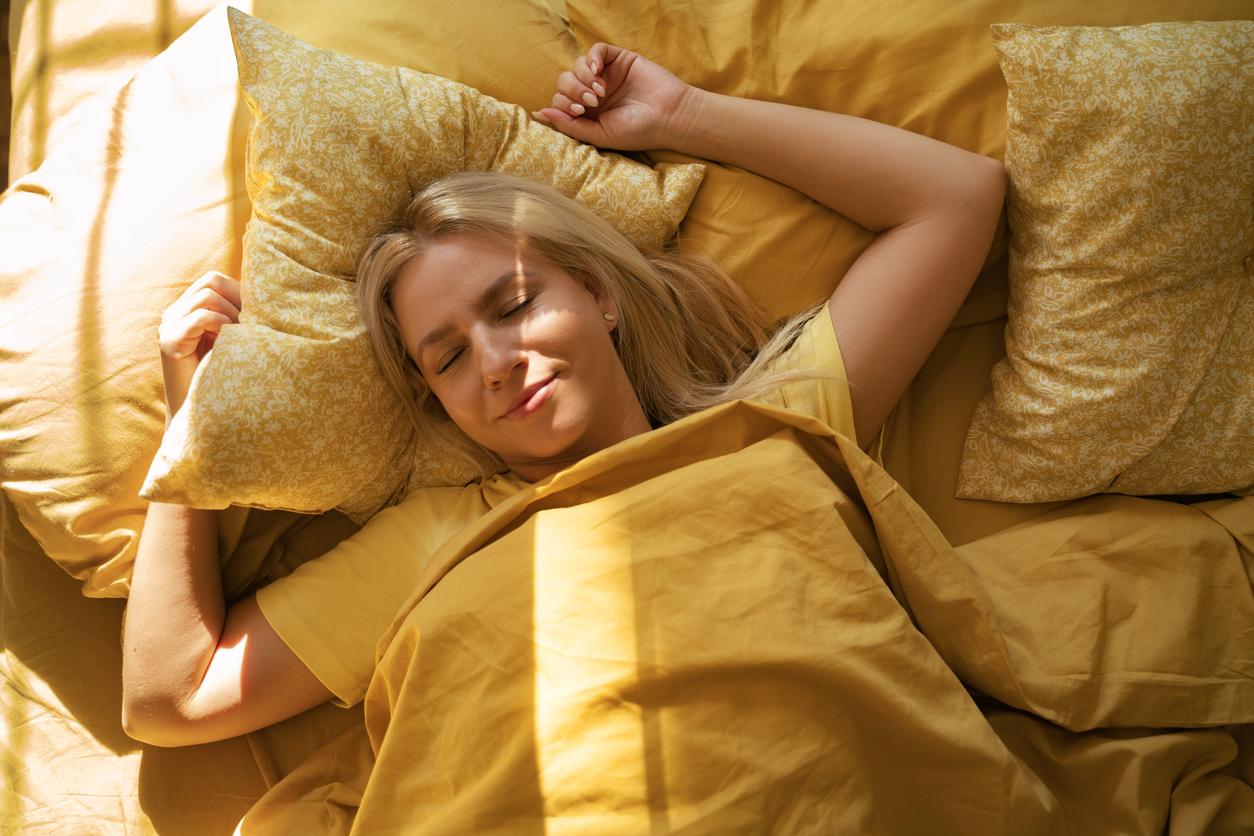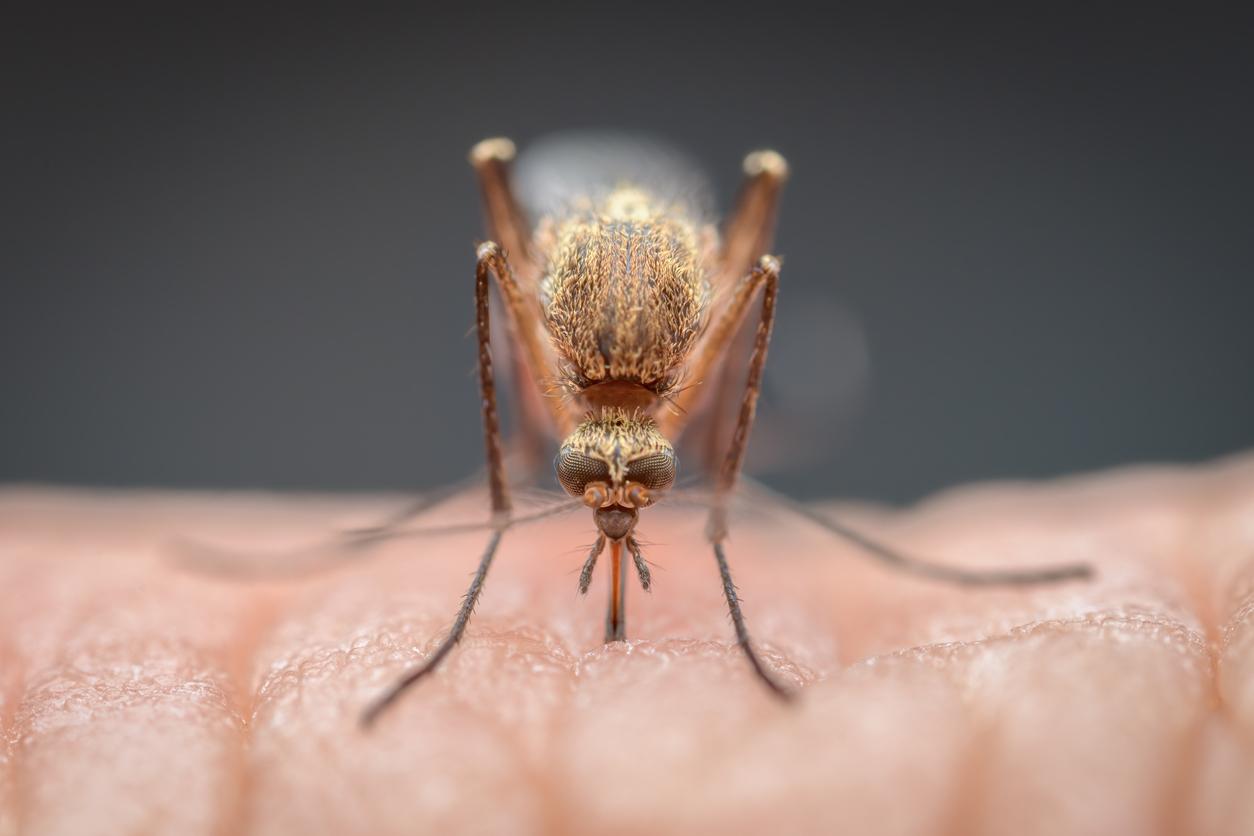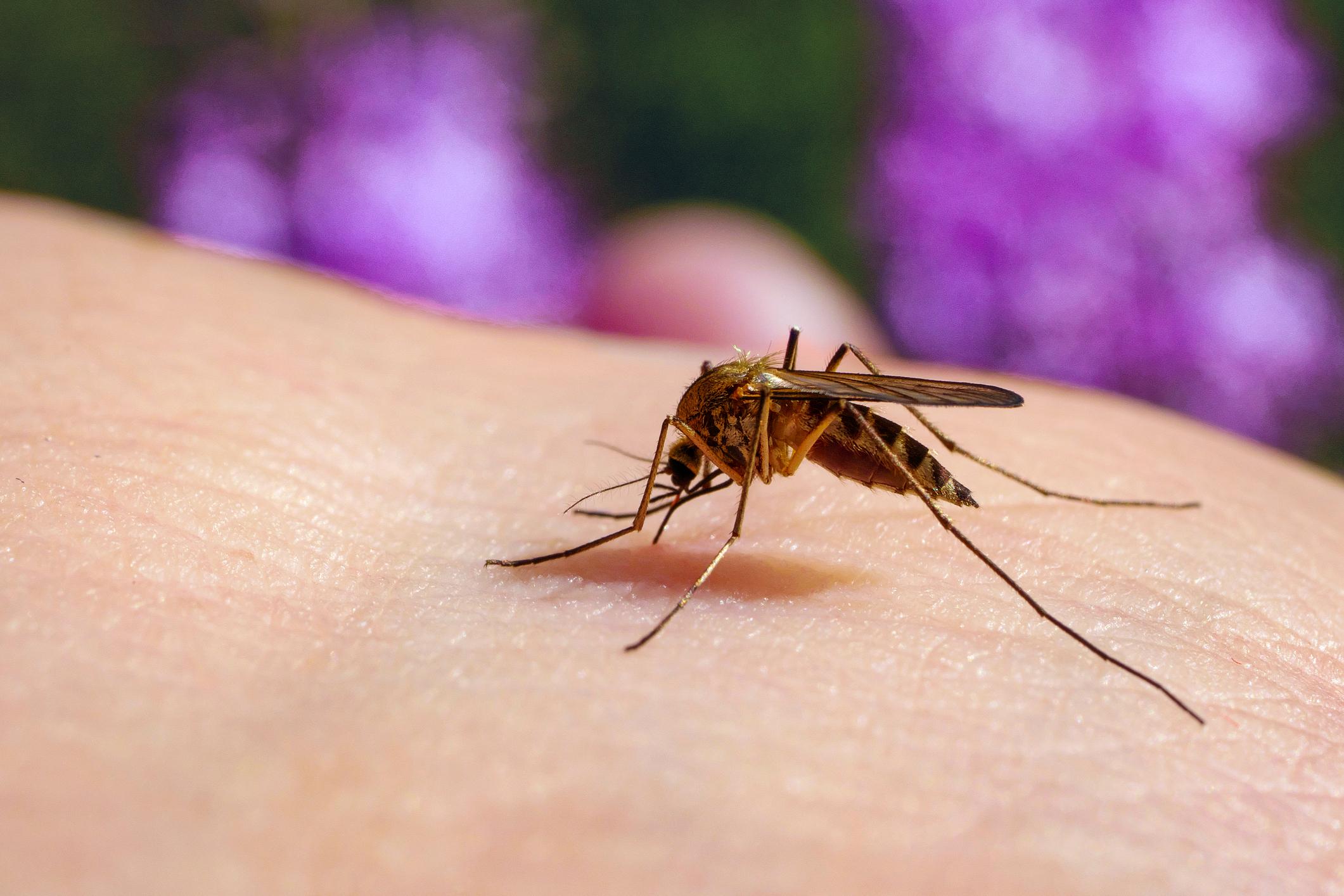
In the spring we prefer to enjoy our garden that is in bloom as much as possible. It is difficult for people with hay fever: they actually get sneezes, red eyes and headaches. Keep the symptoms of hay fever to a minimum with these five gardening tips.
1. Aquatic Plants
Don’t have a pond in the garden? Consider building a pond if there is room for it. Aquatic plants are ideal: they hardly cause hay fever.
2. Ground Covers
Weeds, such as plantain and wild grasses, cause a runny nose. Weeding is therefore important, but not pleasant to do if you have hay fever. Therefore, plant ground covers such as dead nettle. They ensure that the garden does not become full of weeds.
3. Mow the grass
Short-mown grass produces less pollen than tall, flowering grass. Although it is better to leave the mowing to someone else if you suffer from hay fever. Or use a mouth cap.
4. Colorful Flowers
According to Eigen Huis & Tuin, the rule applies: the more colorful the flower, the smaller the chance of hay fever. These flowers attract insects that spread the pollen. Other flowers are pollinated by the air and that is disadvantageous for the hay fever patient. Which flowers are the best to plant? For example these: azaleas, bulbs, broom, marigold, hydrangea, jasmine, lavender, lilies and lobelia salva.
5. Avoid
Try to avoid these plants, shrubs and trees if you suffer from hay fever: privet hedges, oak, alder, sea buckthorn, birch, ash, hazel, sweet chestnut, elder, yew and hornbeam.
Did you also know that you can suffer from certain foods with hay fever? Apples can cause itching in the mouth, but not a piece of apple pie. What’s up with that? In this article, allergy dietitian Debbie Smiet of DPS Dietetics practice explains how it works.
Sources: AD and Eigen Huis & Tuin





-1740653386.jpg)











